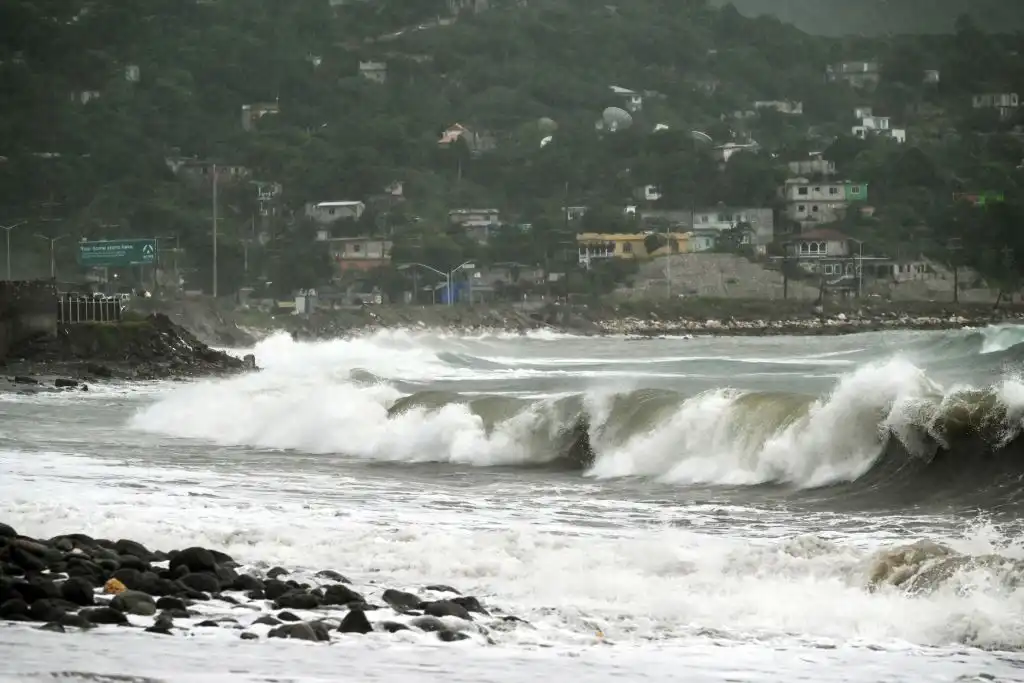Jamaica, a vibrant island nation in the Caribbean Sea, is known for its rich culture, stunning landscapes, and unique geography. But how big exactly is Jamaica? This article explores the size and geographical features of this beautiful island, offering a detailed look at its dimensions, terrain, climate, and more.
Understanding Jamaica’s Size
Jamaica is the third-largest island in the Caribbean, following Cuba and Hispaniola. It covers an area of 4,227 square miles (10,949 square kilometers). The island stretches approximately 146 miles (235 km) from east to west and varies in width between 22 to 51 miles (35 to 82 km). This makes it the largest English-speaking island in the Caribbean and one of the most significant in terms of land area within the region.
Key Geographical Features

Jamaica’s landscape is diverse, with a mix of mountains, rivers, and coastal areas. The island is characterized by three main geographical elements:
- Mountain Ranges: Formed by igneous and metamorphic rocks, these ranges create the backbone of the island.
- Limestone Hills and Plateaus: These are part of the karst limestone formations found in the Cockpit Country.
- Interior Valleys and Coastal Plains: Created through erosion over time, these areas provide fertile land for agriculture.
The Blue Mountains, which include the highest peak, Blue Mountain Peak, rise to 7,402 feet (2,256 meters) above sea level. This mountain range is not only a natural wonder but also a UNESCO World Heritage Site, known for its biodiversity and scenic beauty.
Climate and Weather Patterns

Jamaica enjoys a tropical climate, with temperatures averaging around 80°F (27°C) throughout the year. The island experiences two rainy seasons, typically from May to October, though recent changes due to global warming have made these patterns less predictable. The eastern part of the island, particularly the parish of Portland, receives the heaviest rainfall, contributing to its lush vegetation.
Jamaica is also located in the hurricane belt, making it susceptible to tropical cyclones between June and October. These storms can cause significant damage, as seen in past events like Hurricane Gilbert (1988) and Hurricane Dean (2007).
Natural Resources and Biodiversity

Jamaica is home to a wide variety of flora and fauna. The island is known for its endemic species, such as the Jamaican Tody, a small bird that nests in the ground rather than trees. Additionally, Jamaica is famous for its Lignum Vitae, the national flower, and Blue Mountain Coffee, one of the world’s most expensive coffees.
The island also boasts a rich marine ecosystem, with over 50 species of coral and a variety of fish and other marine life. The Giant Swallowtail Butterfly, one of the largest butterflies in the western hemisphere, is also native to Jamaica.
Cultural and Historical Significance

Jamaica’s history is deeply intertwined with its geography. The island was originally inhabited by the Taino people, who were later displaced by European colonists. The legacy of this history is evident in the island’s cultural heritage, including its music, cuisine, and language.
Jamaica became a British colony in 1655 and gained independence in 1962. Today, it remains a member of the Commonwealth, with the British monarch as the head of state, represented by a Governor-General.
Conclusion
Jamaica is a country of remarkable size and diversity, both in terms of its physical geography and cultural heritage. From its towering mountains to its pristine beaches, the island offers a unique blend of natural beauty and historical significance. Whether you’re interested in its size, climate, or cultural richness, Jamaica is a destination that continues to captivate visitors from around the world.
Stay updated with the latest news about Jamaica and its fascinating geography. Explore today’s headlines to discover more about this incredible island nation.











More Stories
US Trending News: San Jose Sharks Record: Current Season Performance and Key Highlights
US Trending News: What Happened During the Shooting at Lincoln University PA?
US Trending News: Skattebo Ankle Injury Video: What Happened and Why It Matters